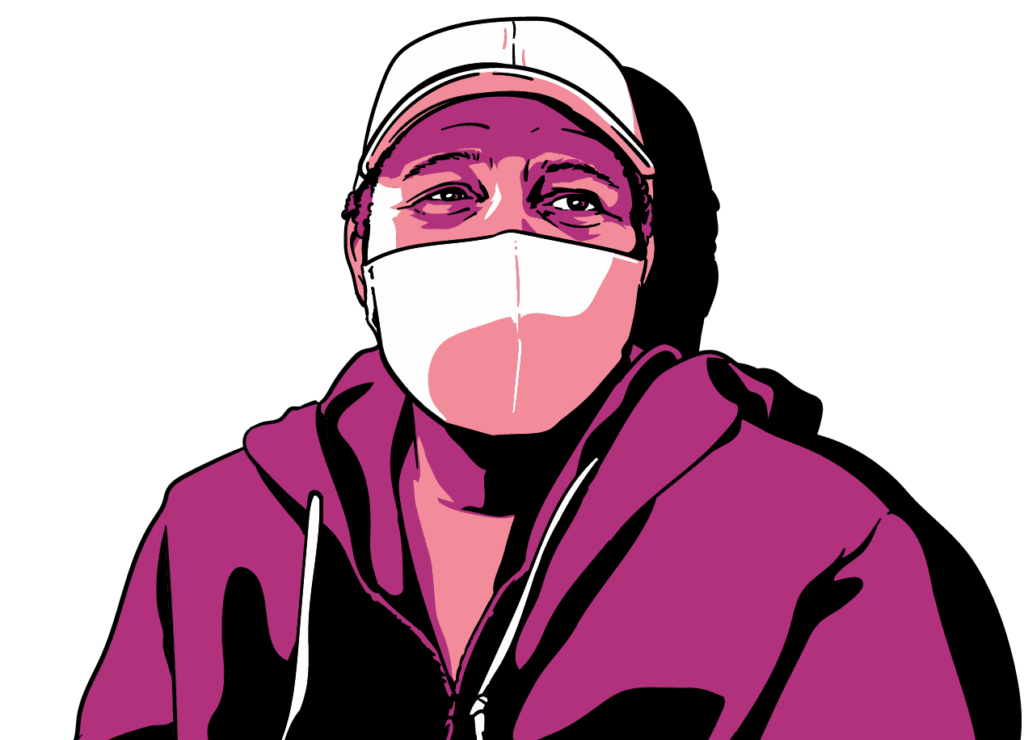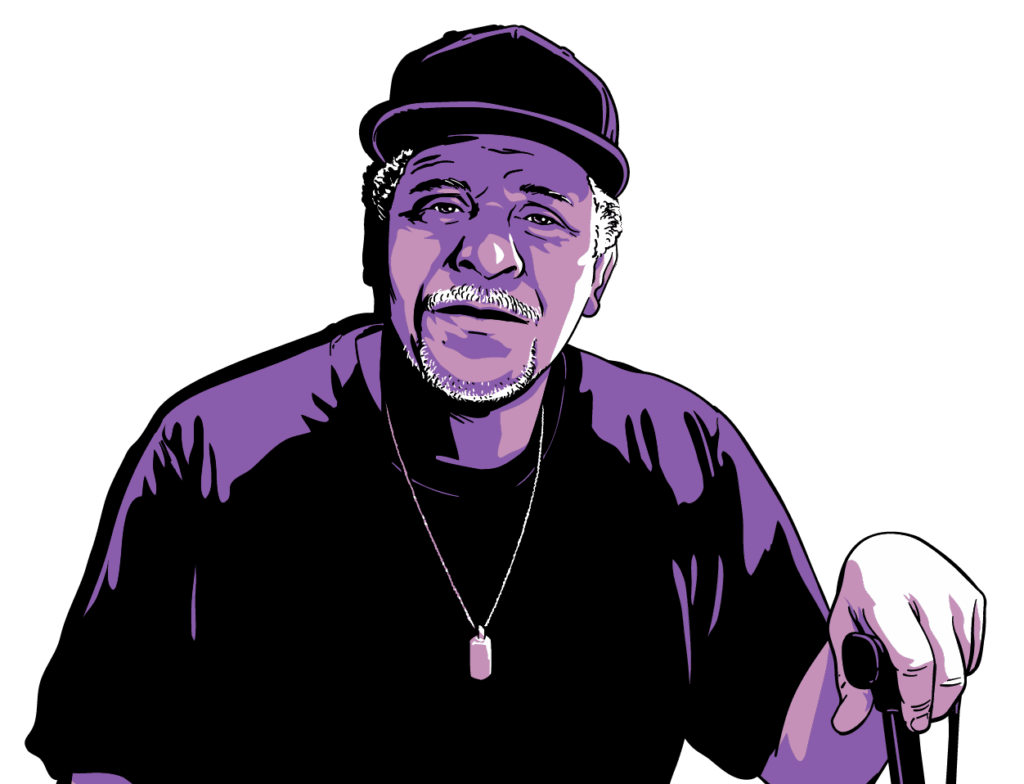Your Gift Keeps Zero Fare Service Rolling
While our Zero Fare service is currently supported by a state grant, we are looking for support from our community to maintain the service. Donate online or make a check payable to RideFinders—a registered 501(c)(3) nonprofit division of GRTC.
Your tax-deductible donation directly supports fare-free access to public transportation.
Zero Fare Public Transit: Community Impact
Zero Fare service fuels local economies and helps everyone move forward.
The majority of GRTC riders are low-income and transit dependent. In fact, 74% of riders live in households earning less than $40,000 a year. Many rely on public transit for essential trips – getting to work, school, medical appointments, and other critical destinations they can’t afford to miss. Zero Fare service helps connect people to opportunities.

GRTC provides over 12 million trips a year to Richmond riders

Riders travel more than 44 million miles on their yearly trips

GRTC provides ccess to more than 230,000 jobs in the Richmond region

GRTC reduced RVA’s annual greenhouse gas emissions by 5,000+ metric tons

Every $1 invested in public transportation generates $5 in economic returns

The annual cost of car ownership is more than a third of our average rider’s income
Data Sources
Ridership and distance traveled were measured by GRTC based on the 2025 Fiscal Year (July 2024-June 2025). The job data was collected from the US Census compared to GRTC service, looking at jobs within a .25 mi buffer of GRTC routes and zones. The emissions data is from a 2023 Virginia Transit Association report on data gathered from the Environmental Protection Agency and the US Department of Energy annual reports and calculated for a transit trip by mode compared to a similar trip in a single occupancy vehicle. Economic investment data provided by the American Public Transportation Association (APTA). Car cost and income data based on the 2021 US Census.
“I just got my own vehicle, but I’d rather ride the bus to save money and gas because I have my kids I have to take care of as well. It’s very important to keep it free.”
– Sarah, GRTC Rider

Transit Access Partnership
The Transit Access Partnership (TAP) fundraising campaign offers a way for the community to help keep Zero Fare transportation available to everyone. Tax-deductible donations are made possible through a partnership with RideFinders, a registered 501(c) 3 affiliated with GRTC.
GRTC is proud to be a national leader in providing Zero Fare transit.
TAP is an opportunity for you to support transit access in our community.
“I go to the grocery store, the doctor… I ride because I don’t have no other transportation.”
– Deborah, GRTC Rider

Together We Can Maintain Zero Fare
GRTC needs $6.8 million each year to sustain zero-fare service. The Transit Access Partnership (TAP) aims to contribute $2 million each year, starting with a first-quarter fundraising goal of $25,000.
Your gift directly supports fare-free access to public transportation.
“I need this transportation as it is—free—so that I can motivate, get around, and do what I need to do as a disabled person.”
– Lorenza, GRTC Rider

Zero Fare Service Started in 2020
GRTC launched Zero Fare service in March 2020 as a safety measure during the COVID-19 pandemic to reduce close contact between bus operators and passengers at the farebox. What began as a public health response quickly became a vital service for the community. In Fiscal Year 2025, GRTC provided more than 12 million rides, the highest ridership in our history! That record-breaking demand shows how vital zero fare transit is for connecting workers to jobs, students to schools, patients to care, and families to opportunities across the region.
In December 2021, GRTC received $8 million in grant funding from the Virginia Department of Rail & Public Transportation (DRPT) to study Zero Fare service. This state funding, along with local contributions from the City of Richmond and Virginia Commonwealth University (VCU), made it possible to continue providing fare-free transit for our riders. Now GRTC is seeking new funding sources to continue Zero Fare service into the future.
“Having a zero-footprint commute and not having to throw any dollars in is really wonderful. It’s such an investment in the community.”
– KB, GRTC Rider

At GRTC, we believe that Zero Fare is essential to the greater Richmond region’s growth and prosperity. It ensures access to work, school, medical appointments and other necessities.
Community Partners
Our community partners help support the Transit Access Partnership, allowing GRTC to offer Zero Fare service that benefits the community and contributes to growing the economy. GRTC deeply appreciates their commitment to our mission and our riders. With their support, GRTC can continue to improve rider mobility and equality for the Richmond Region.
Advertising Program
One hundred percent of the proceeds from advertising goes to keeping our system Zero Fare. GRTC’s advertising program has a far-reaching impact to broad audiences. The mobility of transit vehicles allows for extensive geographical coverage and exposure to individuals on and off transit vehicles.


